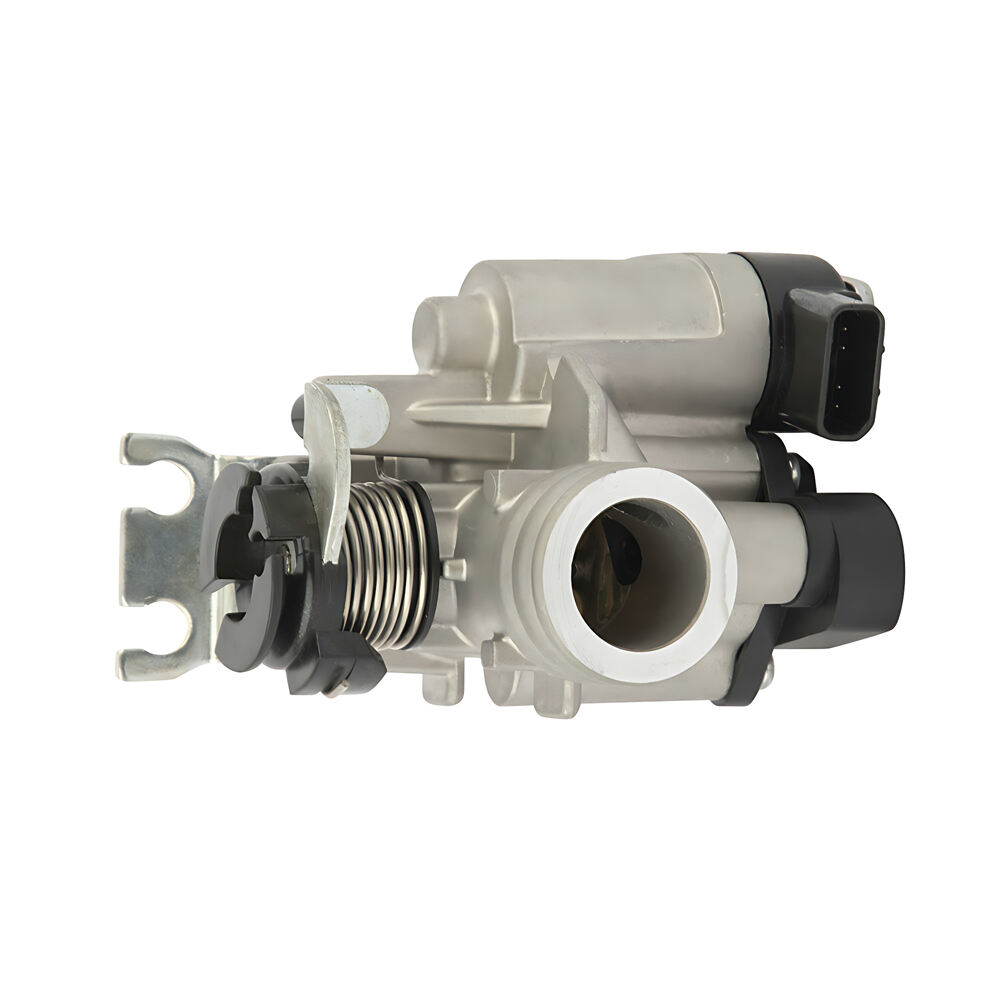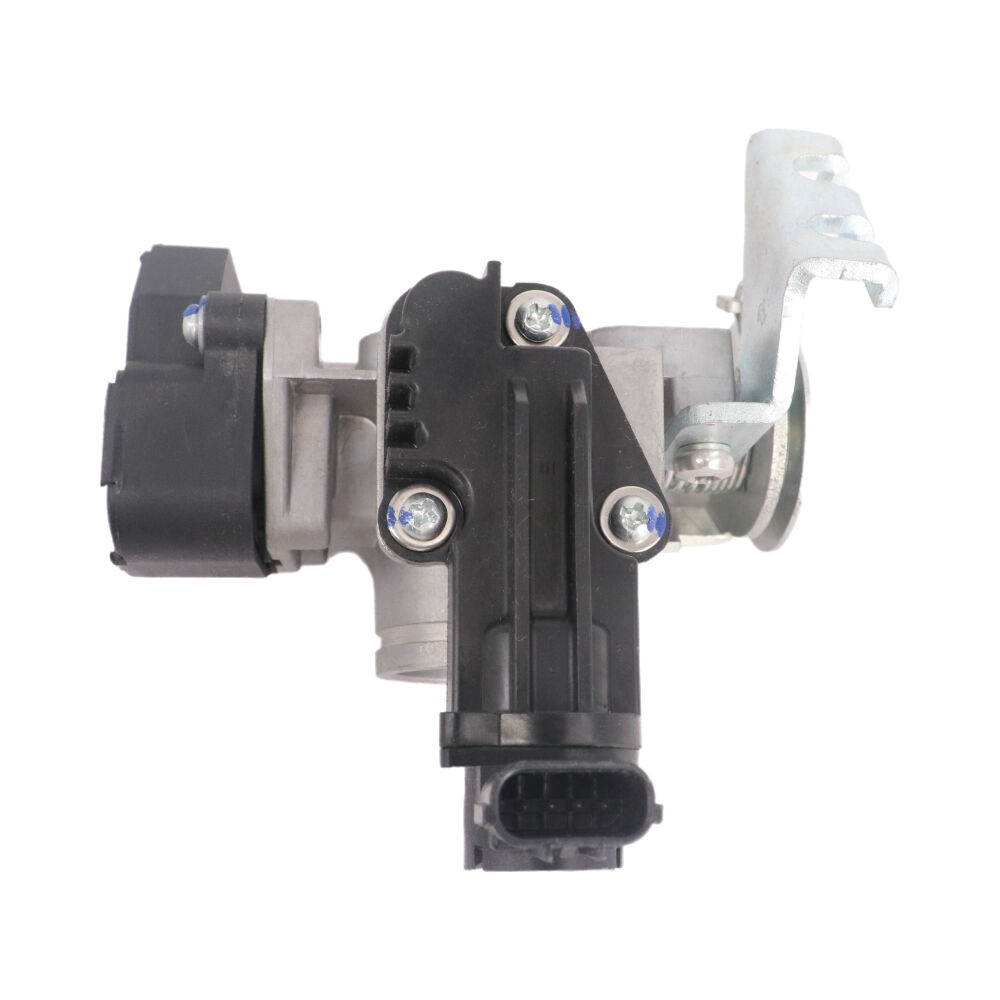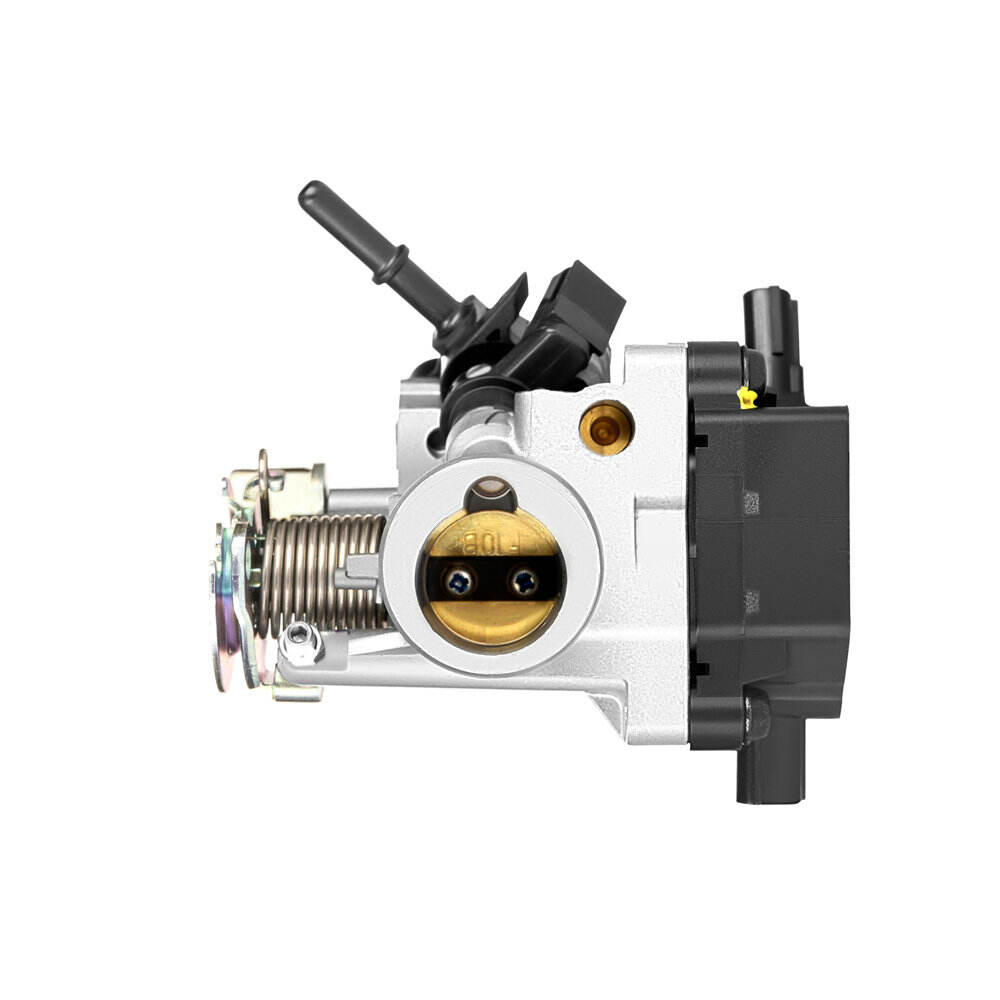Enhanced Reliability and Durability Design
The motorcycle MAP sensor is engineered with durability and longevity in mind, featuring robust construction that withstands the harsh conditions encountered in motorcycle applications. The sensor housing is manufactured from high-grade materials resistant to heat, vibration, and chemical exposure, ensuring reliable operation throughout the motorcycle's lifetime. Internal components are sealed against moisture and contaminants, preventing performance degradation over time. The sensor's electrical connections are designed with gold-plated terminals to prevent corrosion and ensure consistent signal transmission. Advanced diagnostic capabilities are built into the sensor, allowing it to perform self-checks and report any operational issues to the ECU. This proactive monitoring helps prevent sensor failure and ensures continuous optimal performance.


